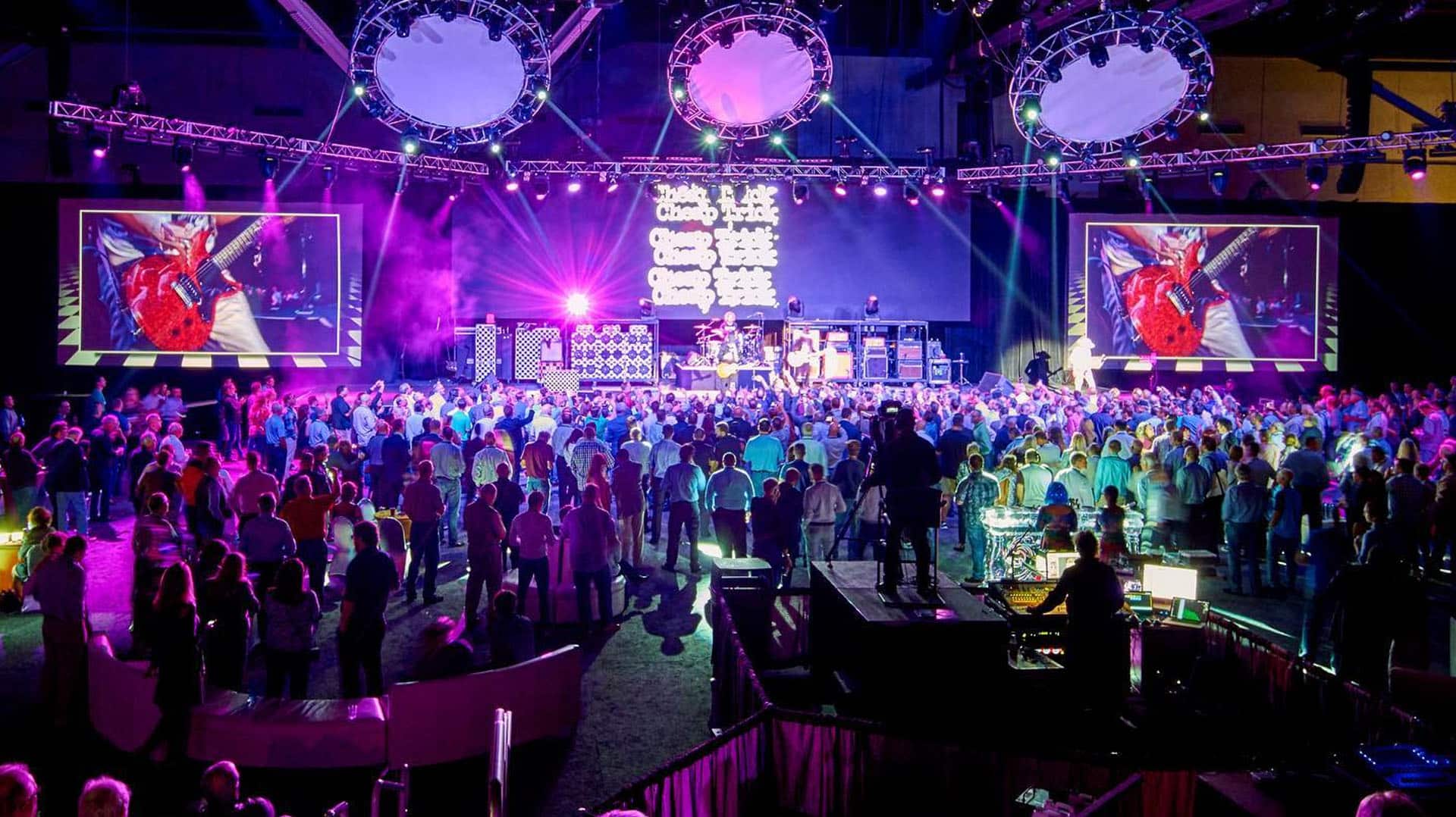Maximizing Impact and Engagement with Light Emitting Diode Video Screens in Live Concerts
Wiki Article
LED video screens have become an essential part of concert performances, improving the overall atmosphere for both performers and spectators. These large screens use light-emitting lights (LEDs) to create vibrant visuals and footage that can be seen from a far. The technology behind LED display walls allows for elevated luminosity and contrast, making them efficient in different lighting environments. As a result, they can grasp the attention of attendees and create a more immersive atmosphere. This piece explores how LED display screens enhance influence and engagement during live shows.
One of the main benefits of LED video walls is their capability to show moving images that enhance the performance. During a show, the visuals can change in real-time, aligned with the rhythm and mood of the show. This alignment improves the emotional connection between the audience and the artists. For example, during a upbeat track, the display wall might show fast-paced graphics, while a slower song could present soothing visuals. This graphic narration helps to communicate the theme of the performance and keeps the spectators engaged throughout the show.
In addition to enhancing the visual experience, LED display walls also serve practical purposes. They can display important information, such as the titles of tracks, performer acknowledgments, and future shows. This data is especially beneficial for large concerts where not all attendees can view the performers clearly. By offering this data on the display screen, event organizers ensure that all participants feel engaged look here and aware. Furthermore, LED display screens can be used for real-time broadcasts of the show, allowing fans in the back of the location to see the artists up close, which improves their complete atmosphere.
Another major advantage of LED video walls is their versatility. They can be configured in different forms and dimensions to fit different venues and artistic visions. Whether it is a large rectangular display or a more innovative arrangement of smaller screens, the flexibility of LED systems allows for distinct performance layouts. This flexibility means that each show can have a distinct look and feel, making every performance memorable. Additionally, the lightweight nature of LED panels makes them easier to move and install, which is advantageous for traveling performers.

Finally, the application of LED display screens can also contribute to sustainability in the entertainment industry. Traditional illumination and display technologies often use a lot of energy and require frequent maintenance. In comparison, LED technology is more energy-efficient and has a longer lifespan. This means that event planners can minimize their environmental impact while still providing a premium graphic atmosphere. As more artists and venues prioritize eco-friendliness, LED display screens offer a practical solution that aligns with these principles.
In conclusion, LED display screens play a crucial role in maximizing influence and interaction during concert performances. Their ability to create vibrant images, offer important information, and adjust to different environments improves the overall experience for spectators. Additionally, their power savings contributes to a more sustainable approach in the show business sector. As technology continues to evolve, LED display screens will likely remain a key component in creating memorable live performances.